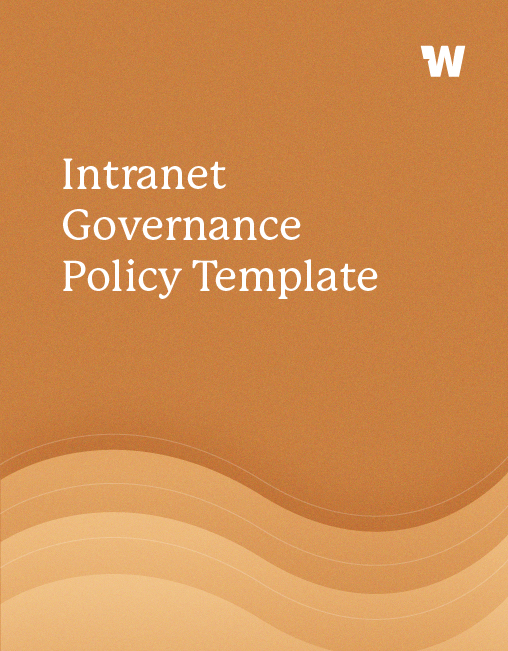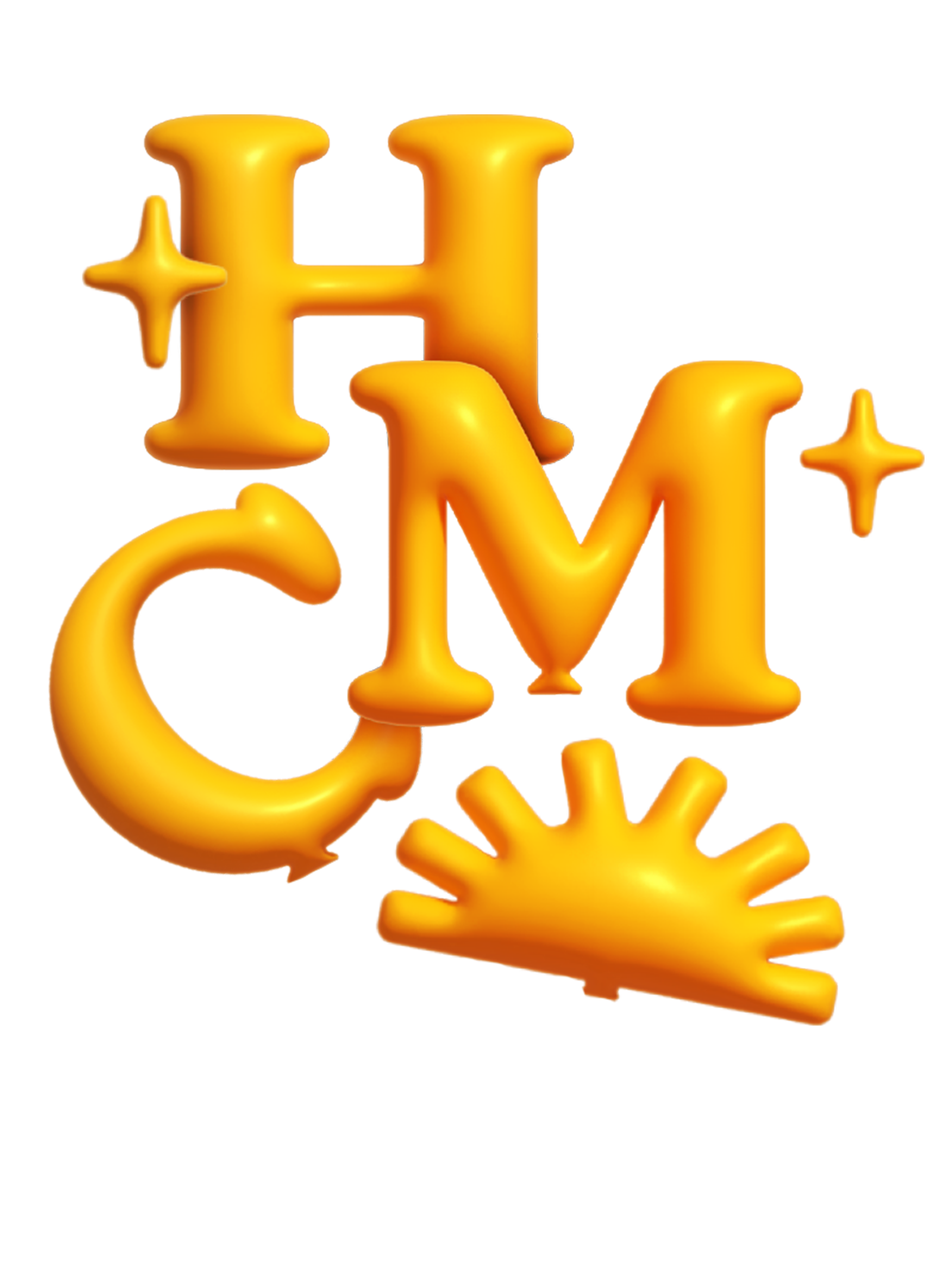Create
Quickly build beautiful emails & multi-channel campaigns with our easy-to-use design tools and templates.
An intranet governance policy is a document that will give your employees a common understanding of what your intranet is, what it’s for, and how to use it the right way. It’s the go-to guide to running and maintaining the company intranet.


In this template, we’ve included the most common elements that we’ve found in an intranet governance policy. Most companies will want to have these included to begin with; it may be more than some companies need, but at four pages long, we feel like it covers all the basics. As your intranet and company grows, you may want to add additional sections (we’ve listed a few below)!
We’ve also developed this particular policy with our Workshop software in mind, but it’s completely customizable. If you do happen to be launching your intranet via Workshop, it just means you’ll have to do a lot less editing of this document, and can pretty much roll it out as-is! 🙂
Otherwise, you’ll want to replace COMPANYNAME with your company name, and Workshop with the name of your chosen intranet software. (Still looking for intranet name? We’ve got a boatload of ideas for you here.)

Every company is different. There are certainly some 55-page intranet governance policies available, but for smaller organizations, a short article on your company’s knowledge base might do the trick. Our overall advice for these kinds of policies is to not overengineer them; have them reflect the culture of the company and what you need at that moment in time. Don’t create a policy that’s meant to micromanage or manage “by exception” (meaning that your policy is constantly trying to identify and handle cases that deviate from the norm).
The benefits of a good intranet governance policy can include:
There’s no one right way to govern your intranet governance, but it can be a great framework for using yours effectively.
Here are all of the sections we’ve included in this policy template:
ABOUT THIS GUIDE
This is a great place to set the stage for your intranet and put it in the context of your company. Can be clean and really simple!
PURPOSE & STRATEGY
This is where the *magic* happens. Connect your intranet to the company’s goals and mission, and make sure to set the stage for all the awesome purpose-driven content that will be shared there in the future. We kept it simple, but you can provide even more storytelling and include things like:
ROLES & RESPONSIBILITIES
We broke this down into two main elements: (1) the steering committee, and (2) the actual roles within the intranet software itself.
The “steering committee” is a cross-functional group that, in short, is responsible for the success and implementation of your company’s intranet. In smaller companies, it might be one or two people; in larger organizations, it might be a group of 25 who meet quarterly and have a much more formal structure. There are often a few departments represented: Marketing, HR, IT, internal communications (if that’s a dedicated role), and operations, just to name a few. This committee will occasionally meet to sign off on new or changing strategies, make major decisions, and ensure the intranet is continuing to support our company’s goals.
The roles within your company’s intranet software may vary, but here’s how Workshop’s are structured:
USAGE POLICY
Your usage policy is where you can get into the nuts-and-bolts of using the intranet and set some ground rules for content and engagement. Again, err on the side of keeping it simple, especially if this is your first company intranet. Remind employees that all of the company’s policies are still in effect when they’re using the corporate intranet, that they should be kind and courteous to others, and add in any other notes or specific concerns you may have.
PROFILE INFORMATION
This one isn’t standard in many intranets, but we often find with internal communication tools that people will use photos, nicknames, etc. that make it harder to connect and reach your coworkers. This is a good place to set the expectation straight away that for effective internal communication, it should be your real photo and what you prefer to be called.
INTRANET CONTENT EXAMPLES
Since you’ll be sending out this intranet governance template right around the time you launch your company intranet, it can be an added bonus to include what kinds of content the employee can expect to find.
In ours, we included:
Content will include (but is not limited to):
News updates
Press coverage
Employee directory
Weekly videos from the CEO
All-hands meeting recordings
Updates from employee resource groups
A calendar of internal events
Links to staff policies and HR resources
Suggestions box
Marketing launches
Benefits updates
PROVISIONING AND DECOMMISSIONING TEAMS AND/OR STREAMS
You’ll likely get requests to add or delete Teams, Streams (or sites), and just generally handle administrative requests for the company intranet. This and the following section can outline how you’d like to handle those requests, whether it’s to submit a form, or contact a particular person.
FEEDBACK & SUPPORT
Make sure it’s clear who to go to if the employee has specific feedback, wants to report anything offensive, or needs technical help.
OTHER SECTIONS YOU MAY WANT TO INCLUDE
If you’re a larger organization or work in a particular industry, you may want to include additional sections to continue to govern the intranet well as it grows. Here are a few examples of other items you can add to your intranet governance policy:
Expectations for content lifecycle stage: how often you’ll monitor, edit, and remove old or underutilized content
Specific measurements of success and KPIs: if you want to make these more publicly known so that the company can keep everyone accountable, we’d encourage this!
Writing tips and tricks: If you’re getting a lot of longform posts with low engagement, it might be beneficial to provide additional guidelines for how to post well to the company intranet.
Security details: You may need to detail out specifics about what is/is not confidential, who can or cannot have access to the intranet, where they can access the intranet, etc.
Training information: If you have a system like Sharepoint or an intranet that’s built in-house, you’ll likely need a section that covers training for content owners, admins, and users of the intranet. (For Workshop, we find that most of our users naturally understand how to use the product within a few minutes!)
Design and brand standards: These can help define the look and feel of your intranet, and provide notes on how content should be laid out, how images should be used, and provide guidance for tone of voice.
A FEW LAST THINGS TO KEEP IN MIND
Here are a few more best practices when creating your own intranet governance policy:
As with any project, good planning can reduce the risk of things going wrong — and that’s still the case when implementing a new intranet governance policy. There is no simple answer to the extent of governance that a company needs, so do plenty of research and planning about the requirements of your organization. A lack of governance can lead to your intranet’s content being ineffective, outdated, irrelevant, or low-quality, but over-governance can lead to your employees feeling overwatched, restricted, and can actively work against all of the benefits of having an intranet in the first place.
Not seeing the resource you need? Request the resource you need below and we’ll make one! Seriously!

Start your week inspired and energized with our practical newsletter about positive company culture! It features actionable articles and little surprises, sent every Monday morning.

Join our waitlist to be the first to learn when it's available!
Get a live demo & your questions answered with one of our product experts.

We'll also make sure you leave with: